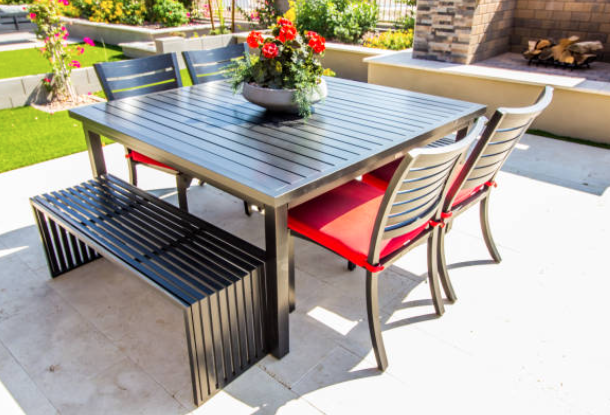
Posted on Tuesday, October 8, 2024
In the ever-evolving furniture industry, the demand for durable, stylish, and cost-effective components is higher than ever. Roll forming machines have emerged as a game-changing technology, enabling manufacturers to produce high-quality metal frames, legs, and support beams that meet these growing needs.
Roll forming is widely used to create various furniture components, including:
The integration of roll forming technology in the furniture industry has revolutionized the way manufacturers produce metal components. By delivering precision, efficiency, and durability, roll forming machines enable furniture makers to create high-quality products that meet the demands of modern consumers. As the industry continues to evolve, roll forming will undoubtedly play a key role in shaping the future of furniture design and manufacturing.

Most Popular Roll Forming Machines in the United Kingdom
Posted on Thursday, December 11, 2025
This blog breaks down the five most in-demand roll forming machines in the UK

Can I Finance a Roll Forming Machine?
Posted on Thursday, December 11, 2025
Financing a roll forming machine is easier than most buyers think. Here’s how leases, loans, and payment plans make production affordable.

Roll Forming Machines for Sale in the UK: What Buyers Need to Know Before Purchasing
Posted on Thursday, December 11, 2025
This complete guide explains everything UK buyers must know before purchasing, including machine types, voltage requirements, CE/UKCA compliance

Roll Forming Machines for Sale in the USA: What Buyers Need to Know Before Purchasing
Posted on Wednesday, December 10, 2025
This guide explains everything U.S. buyers need to know before purchasing a roll forming machine, including machine types, pricing, voltage
Copyright 2026 © Machine Matcher.